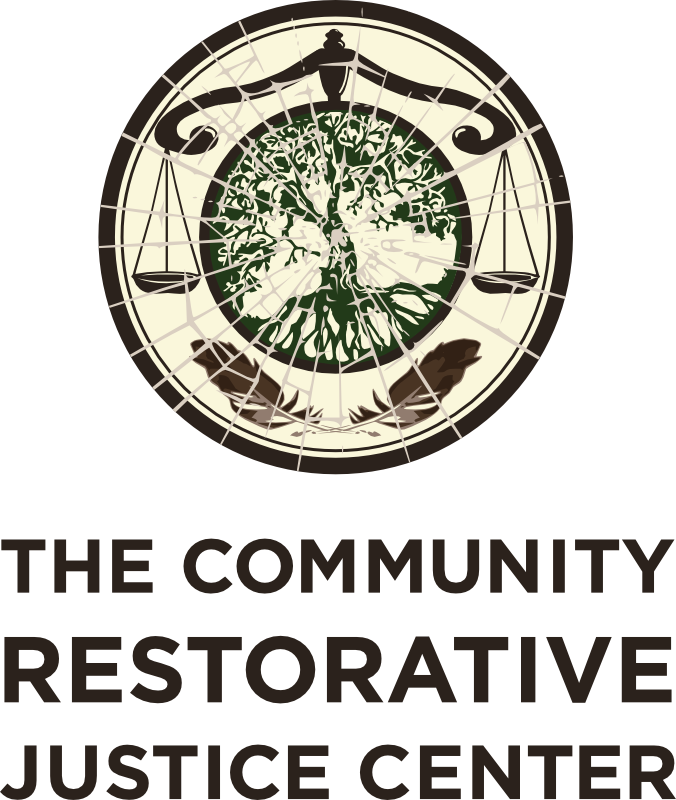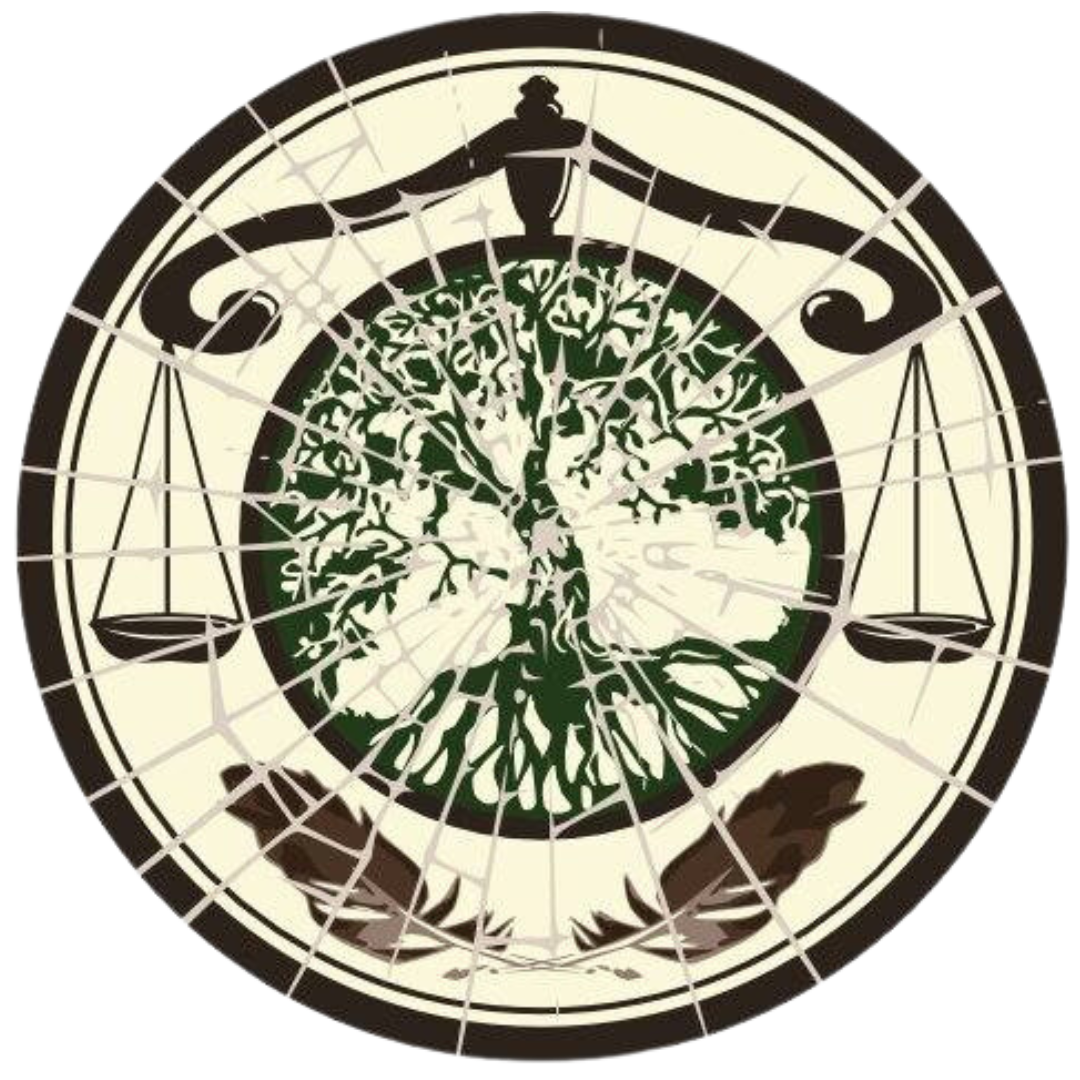Restorative Justice Programs
Reparative Panels
The Community Justice Center runs seven Reparative Panels each month, six in St. Johnsbury and one in Hardwick. Panels are made up of as many as five trained volunteers (who are representative of the community where the crime occurred), a staff person, the person who committed the crime (called the "responsible party"), and victims of crime (should they choose to attend).
The Panel process consists of introductory common-ground themed greetings, the responsible party's account of the criminal act, the victim's statement of impact, and a discussion of who was affected by the crime, amends to victims and affected parties, amends to the community, and a discussion about learning how not to reoffend. An agreement is created with input from all present that focuses on the above stated topics.
After the meeting the responsible party will meet with the same group again later to discuss the completion of the terms of the agreement. The prices is generally completed within three months of the initial reparative panel meeting.
The CRJC has two programs that cater to clients who would possibly attend reparative panels, Court Diversion (adult criminal referrals) and Reparative Probation.
Diversion clients who complete the process have their pending charges dismissed by the court and avoid prosecution. Reparative probationers who complete the process meet the a court mandated condition of their probation and avoid a possible violation of probation due to non-completion of the process. Diversion clients must pay a fee of up to $175.00. There is no fee for probation referrals.
Group Conferences
In a group conference a trained facilitator guides a discussion among victim(s), responsible party(s), and support people. The Group Conference is a circle process that allows each individual to respond uninterrupted to questions about their roles as part of a criminal wrongdoing. A formal agreement is created that meets the needs of the victim.
Contact for Reparative Probation and Pre-Charge Panels:
Emma Cataford, (802) 745-1364, emma@communityrjc.org
Contact for Diversion Cases:
Lindsay Warren, (802) 745-1361, lindsay@communityrjc.org
Amanda Robinson, (802) 745-1326, amanda@communityrjc.org

